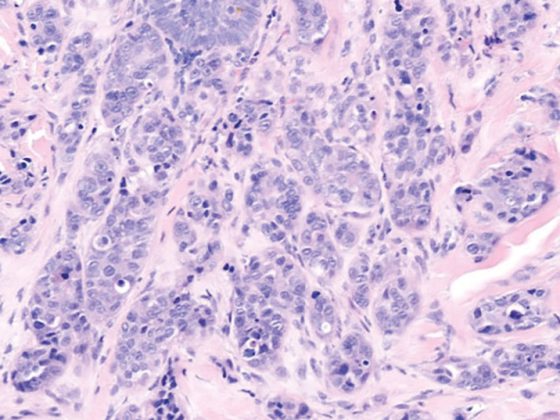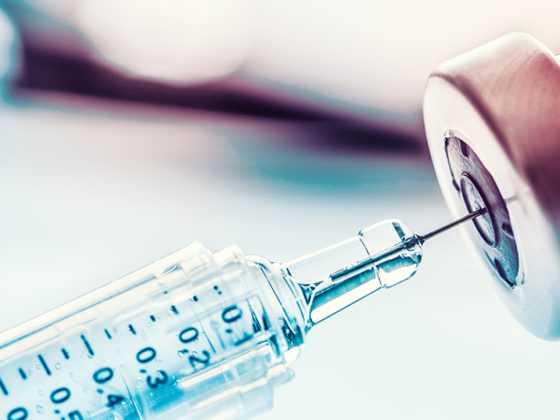Migraine – a complex neurological disease that affects about 11% of the Western population. The impairment of the quality of life is as high as the suffering. Nevertheless, only a small proportion of sufferers receive migraine prophylaxis. Also, if they were eligible for preventive drug intervention. There are many reasons for this.
Migraine is one of the most common neurological disorders with a high disease burden. Every day, approximately 7-8% suffer a migraine attack in Europe [1]. The first symptoms often appear before puberty – still in a balanced ratio of boys and girls. In adulthood, women then suffer from migraines three times more frequently than men. The reason for this is, among other things, hormonal influences [2].
The recurrent headache attacks occur once a month in half of those affected. Every tenth patient suffers from at least four attacks. It is hardly surprising that it is estimated that about 270 working days are lost per year and per thousand people in the working population. Also, almost all migraine sufferers complain of massive impairment of their daily life [2]. Nevertheless, many people do not even recognize that they suffer from migraine. Accordingly, we also do not visit a doctor. Therefore, approximately 30% of affected individuals do not receive an adequate diagnosis at all [3]. However, even when migraine is detected and diagnosed, there is no guarantee that guideline-based therapy will be initiated [4]. A large proportion of patients do not receive adequate acute therapy, let alone prophylaxis.
Prophylaxis for better quality of life
Prophylaxis is indicated whenever the patient suffers from more than three migraine attacks per month, these attacks regularly last longer than 72 hours, acute therapy does not respond or is not tolerated, attack frequency increases, and the use of analgesics or migraine medications exceeds ten days per month, or in complicated migraine attacks with debilitating and/or long-lasting auras [5]. However, the proportion of patients who meet these requirements and receive adequate prophylaxis is small. In addition, preventive measures have often been discontinued in the past due to lack of efficacy or side effects. After six months of prophylaxis, persistence was only about 25% [6,7].
In the meantime, however, better tolerated and more effective preparations have been developed. This was based on the discovery of CGRP (Calcitonin Gene-Related Peptide) and the role this peptide plays during migraine attacks. CGRP belongs to the proinflammatory neuropeptides and has a strong vasodilatory effect. Thus, it is involved in the development and maintenance of migraine attacks as it centrally triggers pain initiation and neurogenic inflammation [8]. Better understanding of the pathophysiology has allowed targeted work on CGRP blockade.
In the meantime, three CGRP antibodies approved in Switzerland are available: Erenumab as a receptor blocker, Fremanezumab and Galcanezumab [9]. They can be used – depending on the approval – if adult patients suffer from at least four migraine days per month. In addition, there must be a particular level of suffering and risk of medication overuse. Other prophylactic drug classes should also have been tried without achieving the desired effect or cannot be used due to side effects or contraindications. In the meantime, the first experiences from everyday care are already available, and they are very promising. Not only the number of migraine attacks is reduced, but also their intensity. Also, treatment with CGRP antibodies is considered to be particularly well tolerated [10–12].
Literature:
- Steiner, et al: The Journal of Headache and Pain 2014; 15: 31.
- www.dmkg.de/files/dmkg.de/patienten/Download/migraeneinfo.pdf (last accessed Jan. 14, 2022).
- Lenz, et al: EHF Congress 2020
- Katsarava Z, et al: J Headache Pain 2018; 19:10.
- Diener HC, Gaul C, Kropp P, et al: Therapy of migraine attack and prophylaxis of migraine, S1 guideline, 2018, in: German Society of Neurology (ed.), Guidelines for Diagnosis and Therapy in Neurology. Available at: www.dgn.org/leitlinien.
- Hepp Z, et al: Cephalalgia 2017; 37: 470-485.
- Blumenfeld AM, et al: Headache 2013; 53: 644-655.
- www.gelbe-liste.de/kongresse/dgn-kongress-2018/nebenwirkungen-antikoerper-prophylaxe-migraene (last accessed Jan. 14, 2022).
- https://headache.ch/download/Content_attachments/FileBaseDoc/SKG_Therapieempfehlungen_DE_19_WEB.pdf (last accessed on 14.01.2022)
- Stauffer VL, et al: JAMA Neurol. 2018 Sep 1; 75(9): 1080-1088.
- Dodick DW, et al: Cephalalgia. 2018 May; 38(6): 1026-1037.
- Silberstein SD, et al: NEJM 2017; 377(22): 213-2122.
InFo NEUROLOGY & PSYCHIATRY 2022; 20(1): 18.











